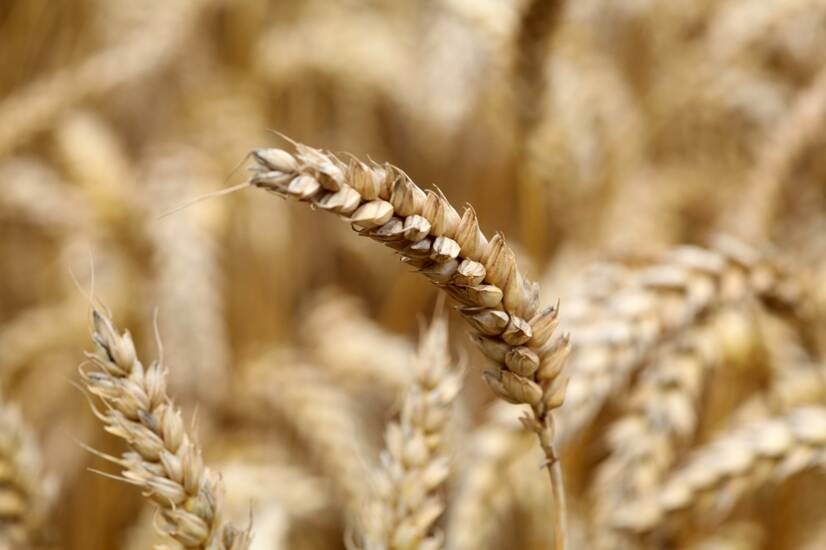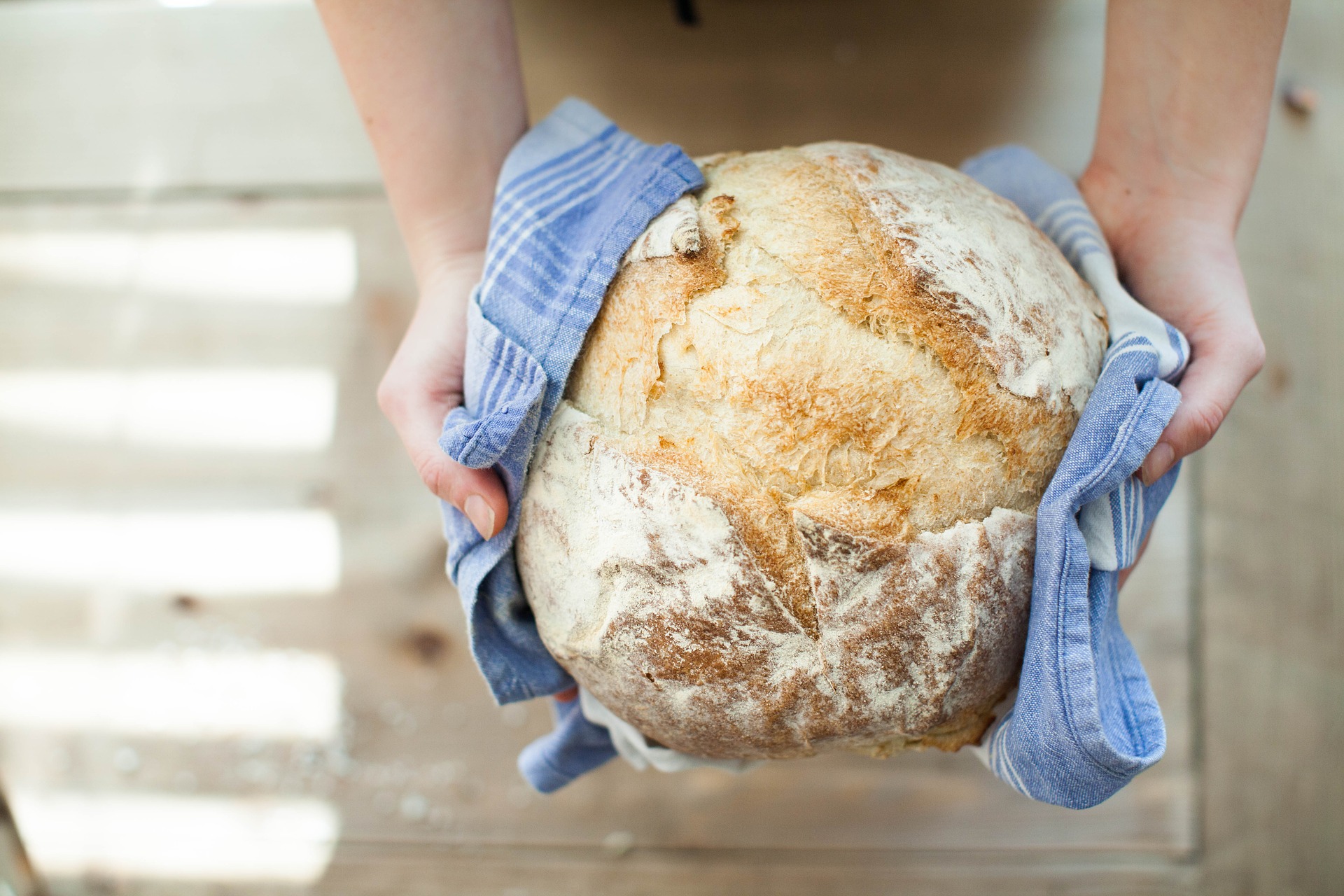Gluten-free diet: how to eat, what definitely not to eat (+ recipes)

A gluten-free diet is a very popular term nowadays. As the name itself reveals, it is a specific type of diet where no gluten is present in the food. Gluten is a protein found in various types of cereals. Therefore, eliminating it from the diet may seem like a very difficult mission.
For many people diagnosed with celiac disease, a gluten-free diet is almost the only cure. In fact, there is currently no other treatment that can effectively combat this disease.
Therefore, immediate dietary modification and uncompromising adherence to it is essential.
The diet of celiacs should be restricted to permitted foods only. In addition to permitted foods, there are also risk foods that may or may not be suitable for a celiac. This depends on the specific composition of the food in question.
The third group is the so-called forbidden foods, which are based on or contain gluten.
For a more detailed list of permitted, risky and prohibited foods, see the article on celiac disease.
However, it is also essential to learn the basic principles of safe eating. These apply both to eating in restaurants and to preparing your own food. So what do we need to look out for?
Eating in restaurants
If you choose to eat out, make sure you choose a suitable restaurant. More and more restaurants are now starting to address the issue of gluten-free diets and include gluten-free alternatives on their menus.
However, if they don't list such dishes on the menu, it doesn't necessarily mean that you will go hungry. Dishes such as risotto, chips or natural meat are in principle gluten-free as such. However, they are often also marked with the number 1 on the menu, which means that they contain the allergen gluten.
The reason for this is contamination during preparation in the kitchen. French fries may be fried in oil that has previously been used to fry other foods. Meat may be cut on a cutting board that has previously been used to cut gluten-containing ingredients, or seasoned with a gluten-containing ingredient, etc.
The ways of contamination are really countless and especially in smaller catering establishments and fast food outlets, the potential for this is really high. Therefore, it is essential to make the serving staff aware of your requirements in advance and to check whether it is within the restaurant's capabilities to provide a truly gluten-free meal.
Eating at home
If you prepare your own food at home, you can definitely be sure that you will be safe. It may seem challenging at first, but once you master the basics, you will be fine.
The first step is to avoid contamination. It's a good idea to replace kitchen utensils you used before the diet with new ones (this applies especially to plates, pots, toasters, etc.).
Remember that if there is 'double cooking' in the household, i.e. conventional and gluten-free food at the same time, the risk of contamination is really high. It should be given extra attention.
In many households, it is customary to use the water in which the pasta was cooked or to dust the meat with a little flour to retain the water and keep it juicy. Some sauces are thickened with flour or grated gingerbread, or covered with beer.
However, you will now have to forget these kitchen tricks and adopt new, gluten-free ones.
Gluten-free dishes - how to prepare them?
Many recipes can still be used, but some will need to be adapted. While you can easily replace conventional pasta with gluten-free ones, it won't be so easy with flour and working with it at first. This is because gluten-free flours and doughs behave differently.
This is something to be aware of before preparing any recipe.

Gluten-free flour (whether corn, rice, buckwheat...) contains more starch, so it has the ability to bind more liquids. The dough is wetter, heavier and tends to stick to your hands. Therefore, the amount of liquids (water, oil) added from the recipe can actually vary. Add them gradually and slowly until the dough reaches the right consistency.
It is also important that all the ingredients are at room temperature.
If the dough is too sticky when kneading, work it between two sheets of cling film. It just takes courage, perseverance and practice, the result is guaranteed!
Unfortunately, many coeliacs are on a lactose-free diet, where lactose and foods containing it must be eliminated from the diet.
In this case, creating a diet is even more challenging, but of course everything can be managed!
Many manufacturers therefore produce gluten-free products that are also lactose-free.
It can therefore be concluded that compared to the past, the current era is indeed favourable for coeliacs.
There are already countless manufacturers and products on the market, from basic ingredients to semi-finished and finished products. It is up to you whether you prefer a ready-made product or whether you want to make your own delicacies. All the necessary ingredients are freely available, so you can start making different types of cakes, savoury or sweet pastries, bread, pizza, gnocchi... in short, anything you can think of.
We'll bring you lots of inspiring and tasty recipes in future articles...
Related










